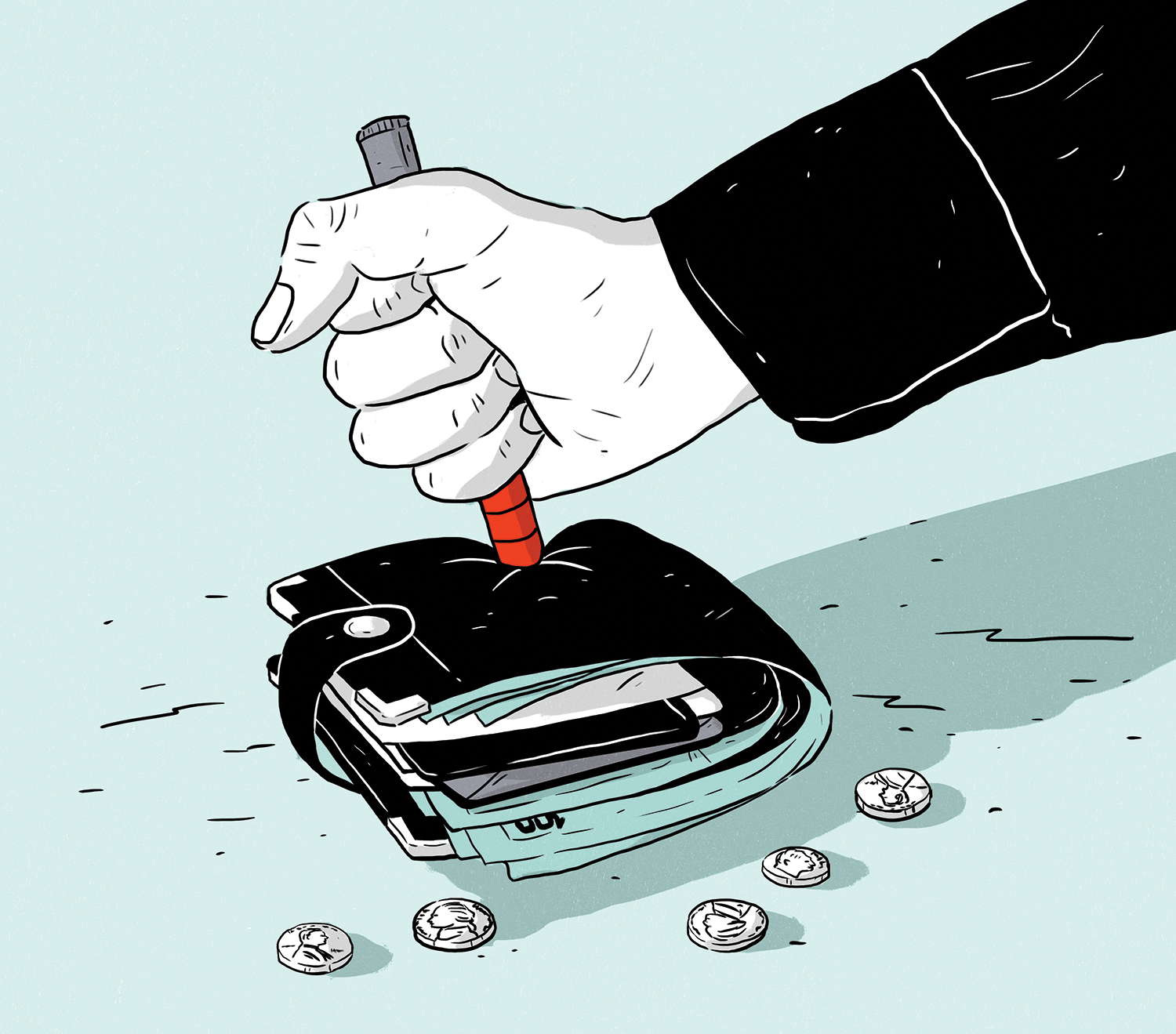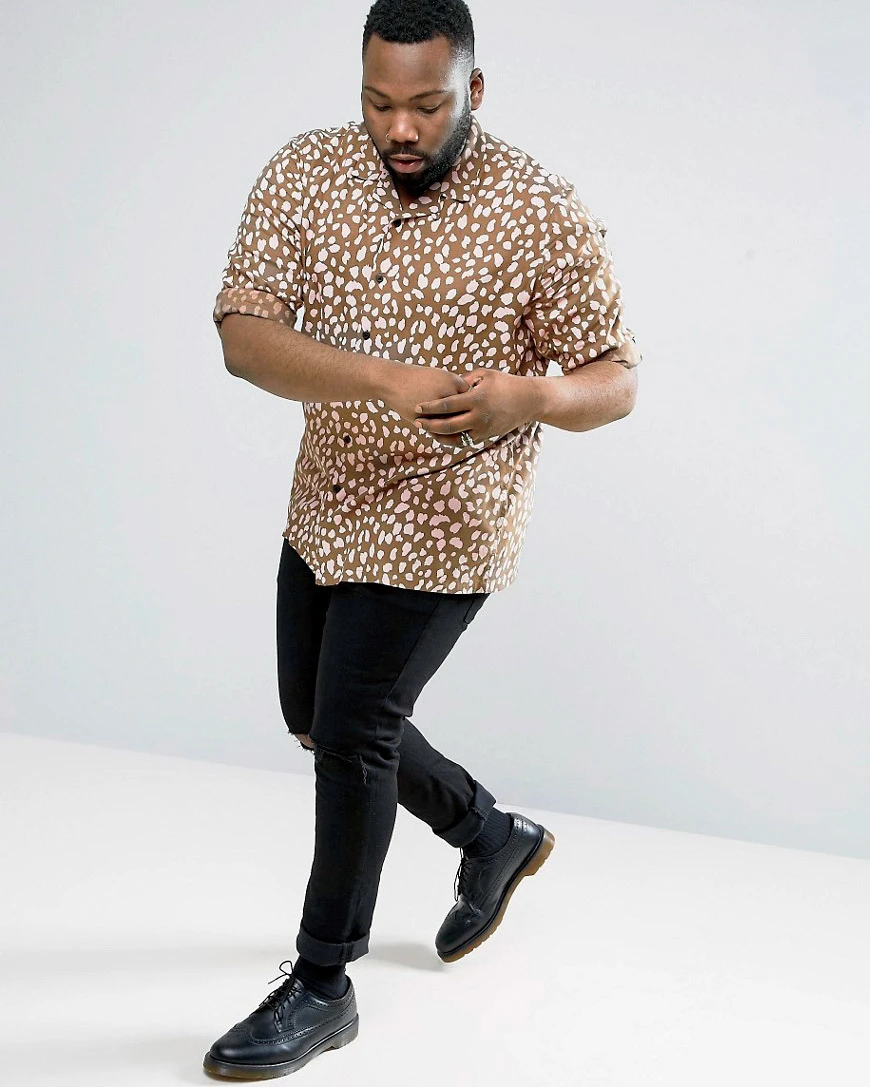Updates from our World’s Most Innovative Companies alumni.

Panera Bread
The soup-and-sandwich café chain has been rethinking customer service across its 2,000-plus outlets, implementing a series of technology-infused initiatives it calls Panera 2.0. The project drives orders through digital platforms that simplify food prep in the back of the house while expediting the customer experience. And it’s paying off: Twenty-four percent of the company’s sales are made through in-store kiosks, on the web, or on the Panera app (only the pizza giants drive more digital business), and 9% of customers opt to order ahead and pick up in a café. Panera’s same-store sales growth in 2016 was 4.2%, well above the industry average. “We asked ourselves, ‘What’s going to be next?’ ” says CEO Ron Shaich, “and then we made the long-term commitment to build it ourselves.”
The company’s new big push is in delivery, which it’s now rolling out across America. Notably, Panera uses its own cafés to fulfill orders—and hires its own drivers. “We tested with Uber, Postmates, and DoorDash,” says president Blaine Hurst, “but we couldn’t scale. No one has a national footprint that overlaps with us.” The average delivery order is $22, more than twice that of in-store orders, and Hurst believes it will add around a quarter-million dollars per year to each store’s average annual revenue of $2.6 million. “Our rapid pickup service, delivery, catering, and Panera at Home [ready-to-eat meals sold in grocery stores] all have the potential to be $1 billion–plus runways for us,” says Shaich. The platforms also help Panera improve its “desire-to-friction ratio,” a metric Shaich obsesses over. “We’re winning at friction reduction,” says Hurst. “But to really win you have to drive desire.” —David Lidsky
Milestones: In January, Panera achieved its goal of a 100% “clean” menu, with no artificial preservatives, flavors, or colors.
Challenges: Although it ranks first among chain restaurants for customer loyalty, Panera still lacks urban cachet, per YouGov BrandIndex.
Buzz: Positive

CVS
In January, people suffering from life-threatening allergies found new relief at CVS. The drugstore and pharmacy chain began offering a low-cost generic alternative to the EpiPen. Called Adrenaclick, it’s priced at $110 for two pens, as opposed to $600 for two EpiPens.
Last year, EpiPen maker Mylan sparked consumer and congressional outrage after it was revealed that the pharma company had raised the price of an EpiPen two-pack by 400% since 2007. As the only major epinephrine injector with enough supply, EpiPen essentially had the market cornered. “This product is unique in that it’s a lifesaving medication,” says Matthew Leonard, CVS’s senior vice president of pharmacy. “Many consumers have to purchase multiple EpiPens. That makes the out-of-pocket expense quite high.”
After CVS began hearing from customers with concerns about the high cost of EpiPens, it struck a partnership with Adrenaclick maker Impax Laboratories. With CVS’s commitment to stock the generic at all of its 9,700 stores, Impax was able to increase manufacturing while keeping overhead low. With a manufacturer’s coupon, the two-pack is available for just $10.
CVS’s effort to bring down the price of a vital medication is part of its mission to play a more prominent role in customers’ health. In 2014, it removed tobacco products from stores. Recent steps have included making MinuteClinics more convenient with a digital tool that estimates wait times and enables two-way texting for refill reminders. “Obviously this is providing value to the individual consumers,” Leonard says of Adrenaclick, “but it’s also good for the health care system at large.” —Claire Dodson
Milestones In February, CVS became the first national pharmacy chain to remove artificial trans fats from its house brands.
Challenges Rival Walgreens has been locking in new pharmacy-benefit managers as partners, directing some customers away from CVS.
Buzz: Positive
Milestones: As part of its plan to beef up its anti-troll measures, Twitter unveiled an aggressive algorithm that detects word patterns and offensive tweets that might be seen as abusive.
Challenges: The increasing backlash about Twitter’s flat-footed response to harmful tweets comes amid rising worries about the platform’s ability to attract new users.
Buzz: Negative
Dropbox
Milestones: Dropbox released Paper, its Google Drive competitor, and a new Smart Sync product that allows users to view files and folders on their desktops, even if they’re not stored there. The company also appointed Google veteran Nicholas Jitkoff as its first vice president of design.
Challenges: Dropbox’s productivity tools are part of a larger, concerted effort to entice the kinds of corporate customers who currently use rivals Google Drive and Box.
Buzz: Neutral
Square
Milestones: In February, the company released Square for Retail, its first tool kit for multistore businesses. The product helps owners control inventory, manage employees, and create customer profiles to better personalize the shopping experience.
Challenges: Square will need to attract larger commercial clients to help offset some of the higher costs of its product development.
Buzz: Positive
Hudl
Milestones: Following their long-standing relationship with the Premier League, Hudl has now partnered with U.S. Soccer to bring its performance-analysis tools to all 18 national teams and youth divisions. It’s Hudl’s first partnership that works with all levels of a sport.
Challenges: As Hudl scales quickly, it will need to make sure the speed and accuracy of its cloud-based services keep pace.
Buzz: Positive

Asos
Milestones: In January, U.K. e-tailer Asos launched its own plus-size clothing line for men. The collection, which includes bomber jackets and ripped jeans, is the first of its kind for a hip, fast-fashion brand.
Challenges: Rival British retailer Boohoo may be smaller, but its recent $20 million acquisition of Nasty Gal gives it a leg up on the American market.
Buzz: Neutral
Milestones: Flipboard introduced a complete redesign in February, creating smart magazines around specific interests like photography and architecture. It’s also partnering with a local company to launch Flipboard China.
Challenges: With tablet sales falling, the redesign is an effort to woo back readers who are now more apt to turn to things like Apple News and Facebook Instant Articles.
Buzz: Neutral

Etsy
Milestones: In April, the platform for handcrafters launched Etsy Studio, essentially a craft-supplies retailer where people can buy the tools they need to make their Etsy items, alongside DIY product tutorials. The marketplace also added a new interface called Shop Manager, which puts all of a seller’s stores in one easy-to-use dashboard instead of requiring separate logins.
Challenges: To keep the 800-pound Amazon gorilla at bay, Etsy needs to cultivate a reputation as a fertile ground for budding entrepreneurs, and not just a quirky e-commerce site.
Buzz: Positive
Line
Milestones: Japan’s popular messaging app Line has introduced Line Works, a Slack-like workplace chat tool that offers cloud storage alongside the app’s signature large, kitschy stickers. This summer, Line is also releasing its own take on Siri (a voice assistant called Clova) and a smart speaker à la Amazon’s Alexa called Wave.
Challenges In January, Line posted a loss of 3 million users for the first time in the six-year-old company’s history as people migrate to competitors like Facebook and WhatsApp.
Buzz: Neutral
Recognize your brand’s excellence by applying to this year’s Brands That Matter Awards before the early-rate deadline, May 3.
